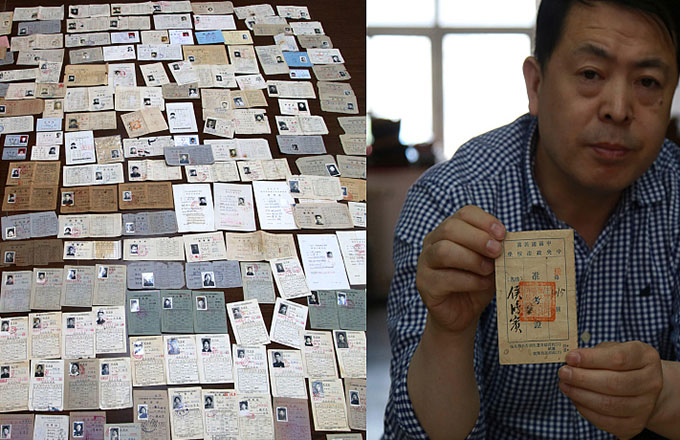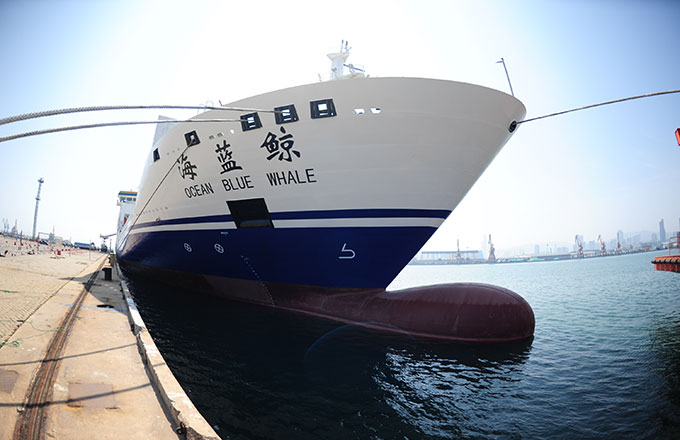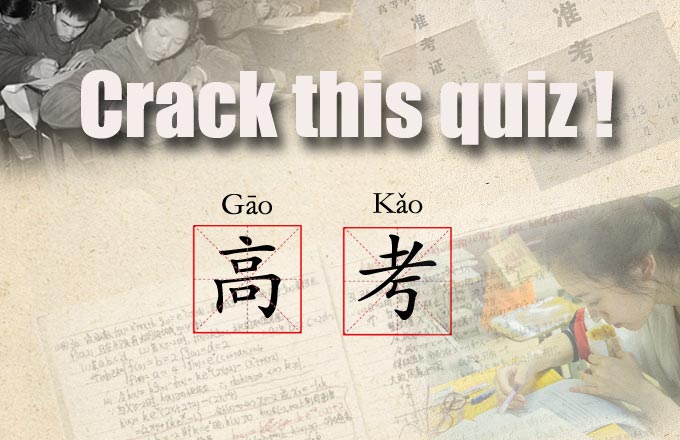Technology for rockets advancing
Reusable designs in development; super-heavy model eyes 2028
China has made breakthroughs in some key technologies in the development of reusable rockets, a senior rocket scientist said.
Lu Yu, head of the science and technology committee of the China Academy of Launch Vehicle Technology, told the audience at the 2017 Global Space Exploration Conference, which ended on Thursday in Beijing, that rocket scientists at the academy are verifying two designs for reusable rockets.
The first design would use a vertical landing system to retrieve the main body of a carrier rocket that can be reused for multiple launches, while the second design would retrieve a rocket's main body through the use of parachutes, according to Lu.
He said scientists have made breakthroughs in some key technologies, without elaborating. He added that researchers are striving to ensure the rockets will be reliable and inexpensive.
Each of the reusable rockets must be capable of carrying out 30 to 50 launch missions, according to an article written by Long Lehao, one of the top scientists at the China Academy of Launch Vehicle Technology, and other academy researchers. The article says reusable rockets will mainly be used to send small payloads into space.
Space Exploration Technologies Corporation, popularly known as SpaceX, has carried out several tests of its reusable launch system. In March, the company achieved a milestone when a Falcon 9 rocket with a used first stage successfully blasted off from the Kennedy Space Center.
Lu also said that researchers at the academy are developing a combined-cycle aerospace vehicle that will be propelled by a combination of turbine, ramjet and rocket engines.
The craft uses turbine engines, like those installed on jetliners, or rocket-based combined-cycle engines, when it takes off from a conventional runway. After it reaches a certain speed, the ramjet will thrust the spacecraft into the stratosphere or to the next layer of the Earth's atmosphere, the mesosphere. At this point, rocket engines will be used to put the vehicle into orbit, explained experts with knowledge of the next-generation space vehicle.
Furthermore, Lu said that the academy is designing the Long March 9 super-heavy rocket that will have a takeoff weight of 3,000 metric tons and can thrust a 140-ton payload into a low Earth orbit or a 50-ton payload into a lunar transfer orbit. The rocket will enable China to carry out manned missions to the moon and to conduct other deep-space expeditions.
If the research and development proceed well, the super-heavy rocket will carry out its first flight as early as 2028, he said.




















